Digging up bubs (tulips)?
LindsayF
9 years ago
Related Stories
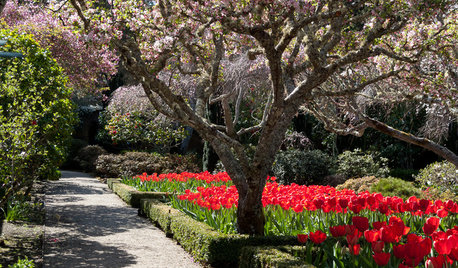
PLANTING IDEASEasygoing Tulip Ideas From a Grand California Garden
Gather up these ways to use tulips to make a spring garden of any size overflow with beauty
Full Story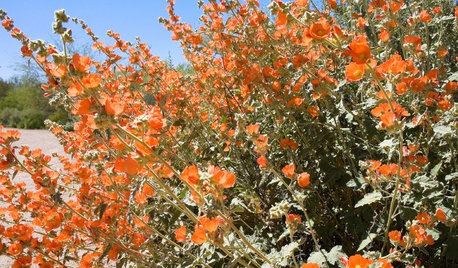
GARDENING GUIDESWarm Up Your Garden With Orange Flowers
Hummingbirds and butterflies are not the only ones who will notice when you introduce a blaze of orange into your garden
Full Story
HOUZZ TOURSHouzz Tour: Mixing It Up in a Century-Old Edwardian
Different eras, patterns and textures mingle beautifully in a Canadian interior designer's home and 'design lab'
Full Story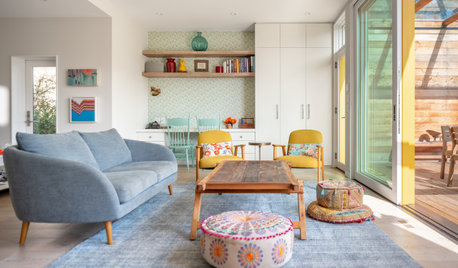
FEEL-GOOD HOMESimple Pleasures: 15 Ways to Welcome Spring
Embrace the season by lightening up, freshening up and connecting with nature
Full Story
GARDENING GUIDESSouthern California Gardener's September Checklist
Before prime planting time, clean out the old garden, prepare for the new, and dream up ideas for fall flowers and veggies
Full Story0
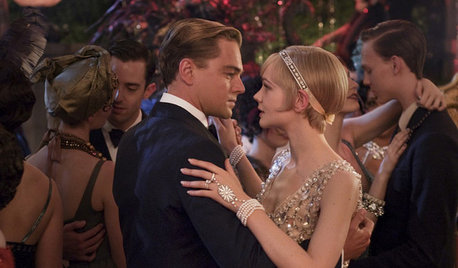
TRAVEL BY DESIGN'Great Gatsby' Style: 9 Inspiring Art Deco Escapes
Kick up your heels at a jazzed-up room across Europe or the U.S., then bring your favorite 1920s design ideas home
Full Story
GARDENING GUIDES6 Unsung Bulbs for Fall Planting
Don't hang up your spade after summer — plant these unusual bulbs in fall for a spectacular spring show
Full Story
GARDENING GUIDES10 Tips to Start a Garden — Can-Do Ideas for Beginners
Green up your landscape even if you're short on time, money and knowledge, with these manageable steps for first-time gardeners
Full Story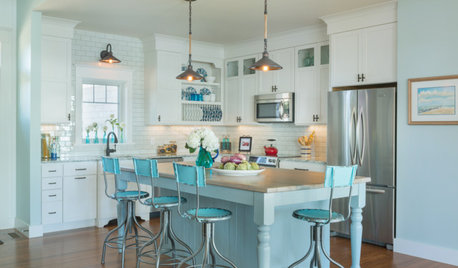
MONTHLY HOME CHECKLISTSTo-Dos: Your June Home Checklist
Get ready for summer by freshening up your entertaining spaces and preparing for good times with others
Full Story
WINTER GARDENING6 Reasons I’m Not Looking Forward to Spring
Not kicking up your heels anticipating rushes of spring color and garden catalogs? You’re not alone
Full StoryMore Discussions






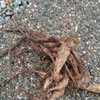

calistoga_al ca 15 usda 9
pitimpinai
Related Professionals
Wrentham Landscape Architects & Landscape Designers · Medford Landscape Contractors · Allentown Landscape Contractors · Athens Landscape Contractors · Dallas Landscape Contractors · East Chicago Landscape Contractors · Eureka Landscape Contractors · Fairview Landscape Contractors · Fort Atkinson Landscape Contractors · Lancaster Landscape Contractors · Mission Landscape Contractors · New Cassel Landscape Contractors · Sammamish Landscape Contractors · Stallings Landscape Contractors · 07920 Landscape Contractorsfloral_uk z.8/9 SW UK
lam702
emerogork
katob Z6ish, NE Pa
pitimpinai
cooperdr_gw
emerogork
emerogork
socalgal_gw Zone USDA 10b Sunset 24
Eimer
emerogork
Eimer
emerogork